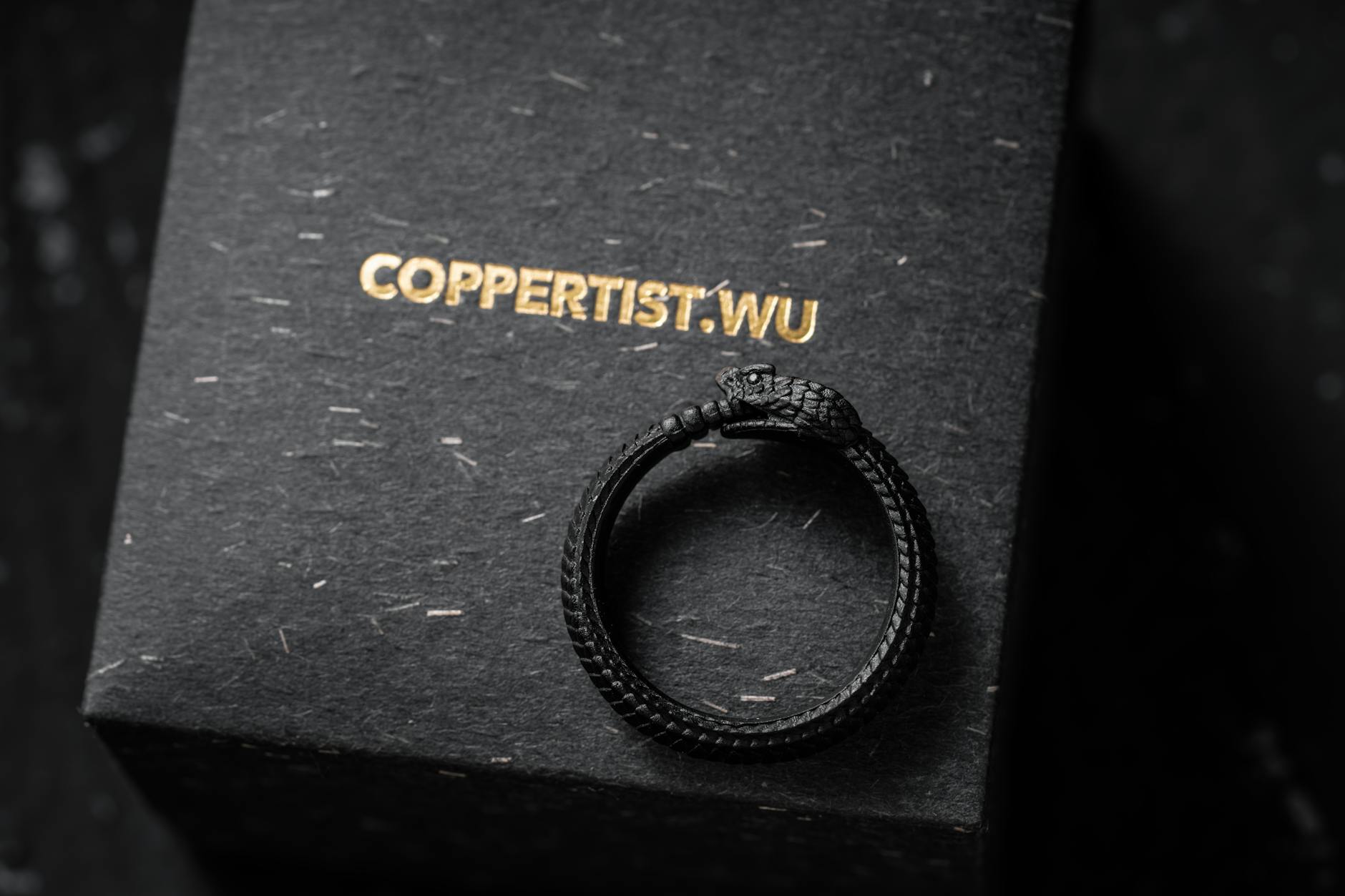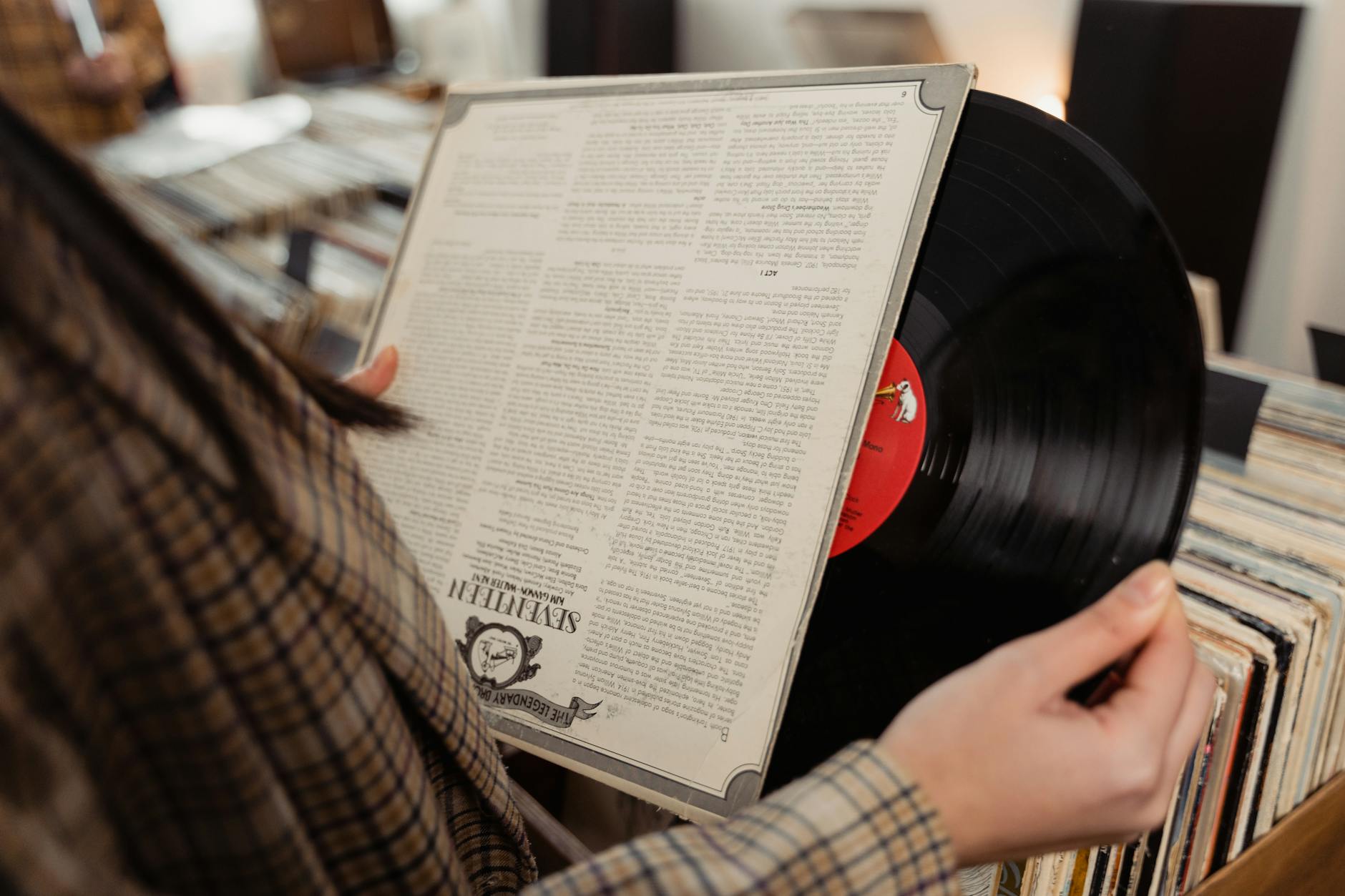Alright, you degenerate fiends. Let’s talk about something that’s as dark, twisted, and beautiful as a perfectly brewed cup of black coffee: the visual language of black metal.
Forget the tired, overused tropes. We’re not here to discuss headbanging or mosh pits. This is about the raw, unfiltered visual assault that’s been a defining characteristic of the genre since its inception. It’s about the imagery that grabs you by the throat and refuses to let go. It’s about the unsettling beauty found in the darkness.
The Corpse Paint Conundrum
Corpse paint. The very words conjure up images of gaunt, pale figures, eyes ringed in black, their faces a canvas of macabre artistry. It’s a visual signature, a symbol of rebellion, and a deliberate provocation. It’s not just makeup; it’s a statement. It’s a rejection of the mundane, a defiant proclamation of something darker, something more primal.
But is it all about shock value? Absolutely. But there’s more to it than meets the eye, isn’t there? Think about the history—the deliberate creation of an anti-image, a counter-culture statement that directly challenged the norms of the mainstream music scene. Think of the artists who perfected the look, each adding their own unique twist to the formula. It’s a constantly evolving tradition.
And let’s be honest, the sheer artistry involved shouldn’t be underestimated. That’s some serious skill with makeup, friends. Some of these artists are practically Renaissance masters of the macabre. You wouldn’t believe the detail involved. It’s a true testament to commitment to the art form. It’s not just about throwing some white paint on your face. It’s a ritual, a transformation.
Beyond the Corpse Paint: Conceptual Art’s Rise
But black metal’s visual landscape extends far beyond the iconic corpse paint. Over the years, the genre has seen a fascinating evolution in its artistic expression. A significant shift has taken place towards conceptual art, which moves beyond simple imagery to explore deeper philosophical or social themes.
Think about the album artwork. Many bands use elaborate, often unsettling, and deeply symbolic imagery to communicate their messages. It’s not just about creating a cool image; it’s about telling a story, conveying a message, or creating a mood. And that’s exactly what makes it so engaging and compelling. Take a look at the analysis of black metal album covers done by this academic study – it’s mind-blowing the level of detail and depth some bands incorporate.
What’s particularly interesting is the move away from simple Satanic imagery. While that was a strong initial influence, contemporary black metal bands often employ far more nuanced and complex visuals. Some focus on nature, exploring themes of wilderness and decay. Others delve into mythology, history, or even existential philosophy. The evolution of the visual language reflects the genre’s own development and maturity.
And let’s not forget the live performances. The stage shows are often as much an art installation as a concert. The lighting, the costumes, the overall atmosphere—it all contributes to an immersive experience that transcends the music itself. They’re not just playing music; they’re creating a visceral, multi-sensory experience.
The Power of Visual Rebellion
Ultimately, the visual language of black metal is a powerful statement of rebellion. It’s a rejection of the mainstream, a defiant embrace of the dark and the unconventional. It’s a visual tapestry woven from shock, artistry, and a relentless pursuit of something beyond the ordinary. It’s a visceral experience that leaves a lasting mark.
And if you need something to fuel your appreciation of the dark arts (and your caffeine addiction), grab yourself a coffee mugs for mom. Because let’s face it, even mothers need a jolt of darkness once in a while. You know, for balance.
Now go forth and appreciate the dark beauty of black metal’s visuals. And remember, it’s okay to be a little bit twisted. In fact, it’s encouraged. You don’t have to apologize for your taste. Hell, it’s probably the only thing interesting about you. Just kidding…mostly.
And if you want to dive even deeper into the cultural and sociological aspects of black metal, check out this fascinating article from Vice. It’ll blow your mind.


